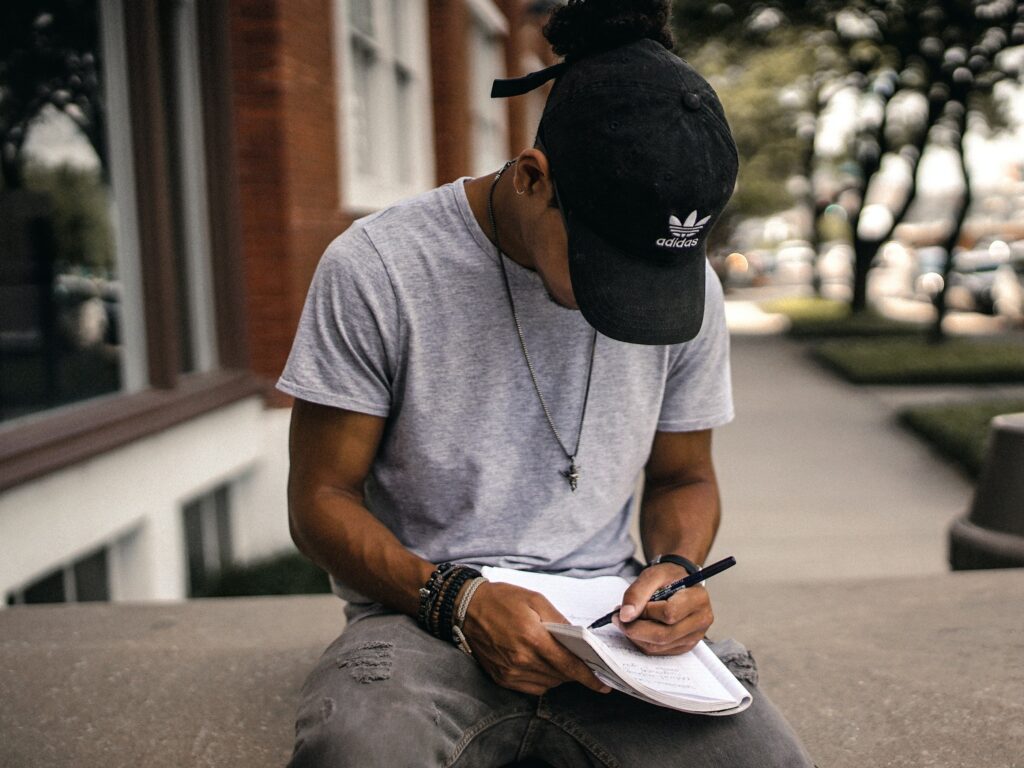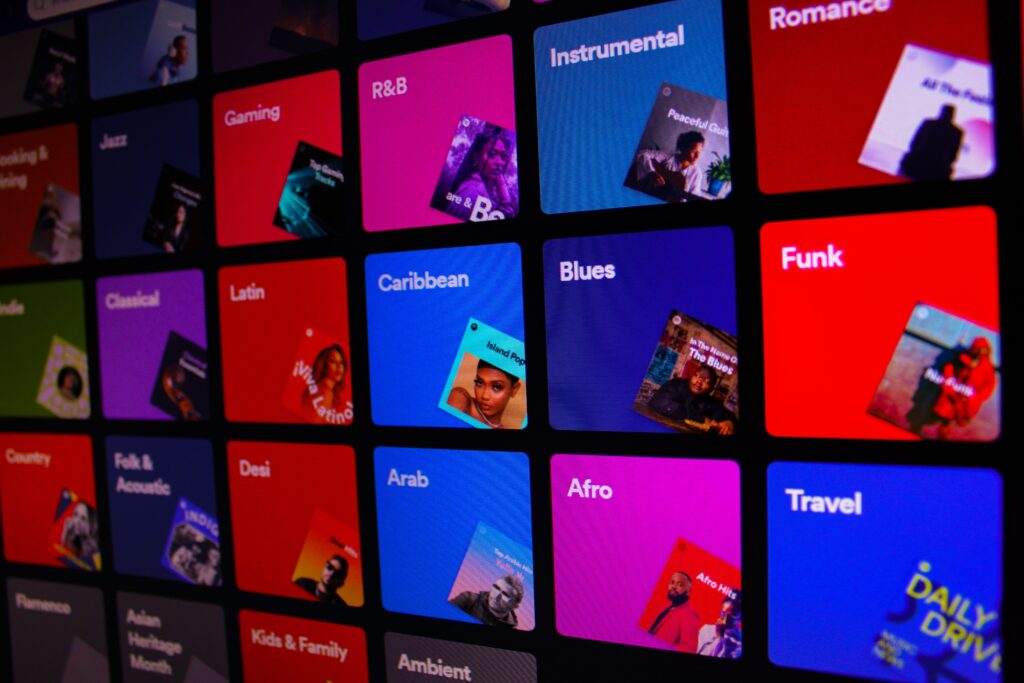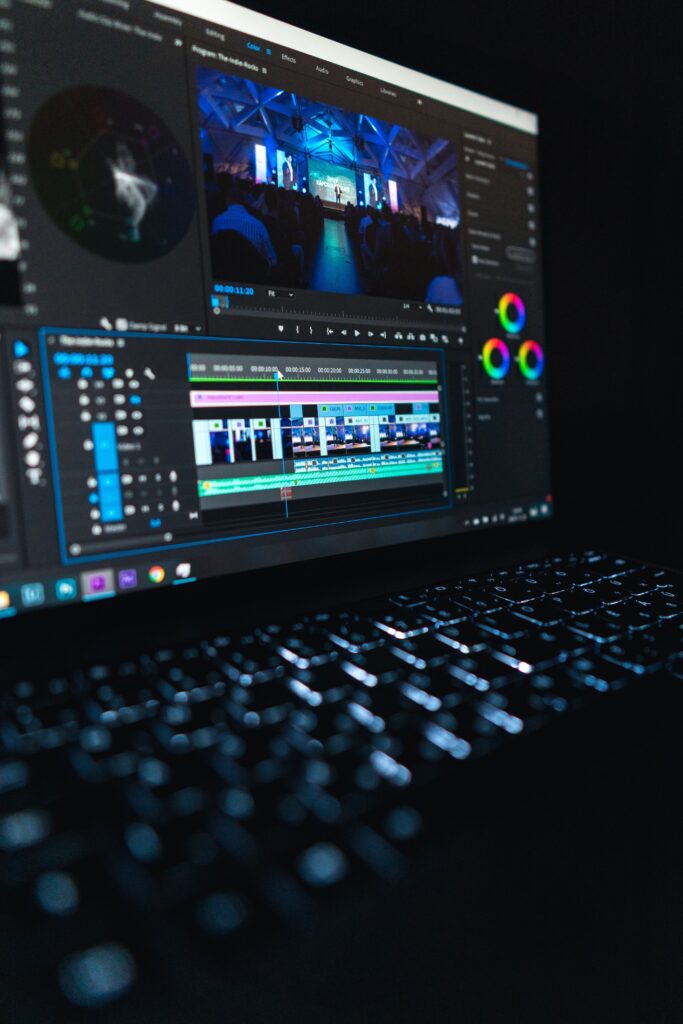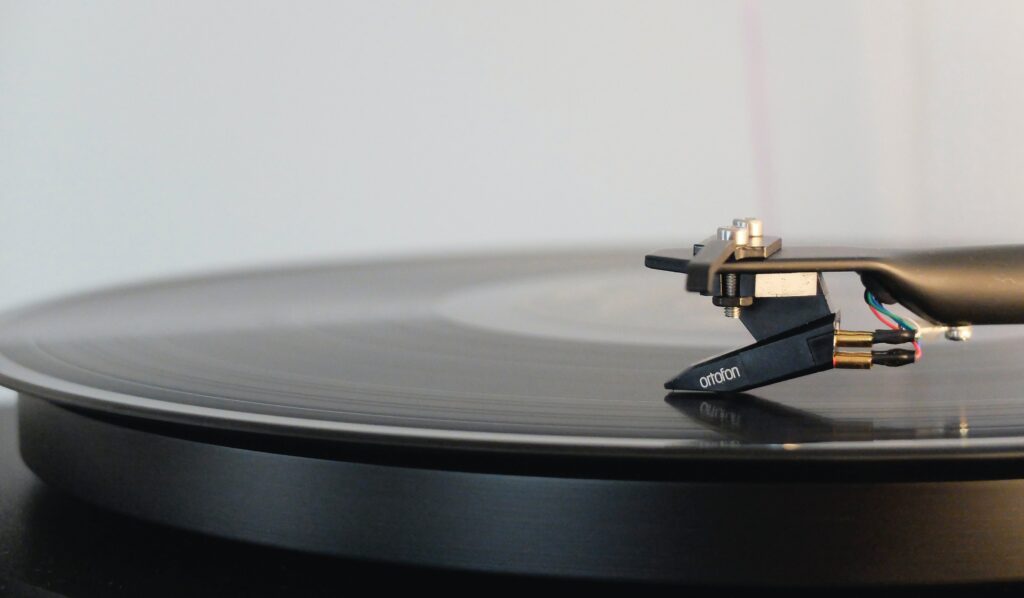Video creators spend years mastering the not-so-ancient art of picking the perfect track for their video. It is an ever-evolving domain that keeps challenging anyone brave enough to dive into it. Even the most seasoned filmmaker struggles when it’s time to select the one music that will best fit their creative vision. Does that Blues Rock song have a stronger impact than that Indie Pop score? Would a faster tempo build up the scene better than something slightly slower? Each of these questions could be answered completely differently depending on your project. Plus, one would think that having access to tens of thousands of songs across hundreds of genres, BPMs, and lengths would make the task easier when truly, it is the actual source of every creator’s brain cramp.
Fortunately, a diverse range of music also means that you can be picky and narrow your options down. The key is having a clear understanding of your project, your audience, and the emotion you want to convey. Because we know how hard this can be, we want to help you optimize the process and waste the least amount of time while having the best results. So, here’s BAM’s guide on the Art of Picking the Perfect Track for Your Video!
A little background on music and video
Before we even begin sharing our tips, it just feels right to start with a bit of music theory. Countless researches, like Konecni’s 1982 study “Does Music Induce Emotion?”, have shown that music has a direct impact on our emotions. In it, he shows clear evidence that complex melodies and loud volumes create anger in viewers. While soft, soothing, and simple music can slightly calm people. And this has been proven over and over again. Different types of music trigger different reactions in the listeners and when it comes to film and video, those concepts also apply.
One could even say that these are amplified thanks to the visual support. That’s because the more senses engaged, the stronger the reaction. That’s why knowing how to combine them together will give any of your projects a tremendous boost. So now that you know about their relationship, let’s continue with our little guide.
Build your narrative
Video production is all about telling a story. Setting a mood. Conveying emotions through image and sound. That’s why it’s not only about choosing music that pairs well with your footage. It’s about choosing THE music that gets the job done so well you can’t believe you had other options in the first place. But in order to get there, you need to define the purpose of your video first.

Take the time to plan the narrative of the video beforehand. What exactly is your video about? Who is it for? Music will directly impact how your project is perceived, so if you are aiming for something inspiring, you won’t select the same music as if you’re working on a funny video. In most cases, once you have your narrative in mind and before even pressing the record button, you should start thinking about your compositions. Soundtracks are a critical element in the overall success of your scene, so it’s better to include the score as a part of the creative process rather than searching for it after the fact and try to complement your shots.
Music is also very personal and will become part of your identity as a creator or as a brand. That’s why when you find music that matches your style, the shooting and edits are as smooth as silk. Plus, having content that matches your energy and your brand truly shows there is a lot of thought put into the work behind the scenes. It will only attract more people to your work and they will enjoy it more. And so will you.
To what extent is music important to the video?
This second part is complementary to the first one. The message of your video should be at the center and music is there to help you enhance it. So, you should ask yourself “How important is music in this scene?”. Some parts of your video will have music take the center stage while in others it will sit in the background. In most cases, music is used as a background to everything else that’s going on in the scene. It sits behind dialogue, sound effects, and other elements of the video.
But, it can take the limelight as well. Scenes with a lot of action or montages are notorious for using louder music. If you’re a vlogger, having music that transitions from scene to scene may be the right fit. Deciding on the importance of music will help your selection since some musical elements of one track or another might not match your scene.
Know your genres

Once you have your narrative in mind, the emotions you want to evoke, and have decided on the importance of music in each scene, you are ready to start your selection. This is when things start getting more technical. Many genres of music may fit into your video but depending on your audience and your objectives, you will need to go towards a genre or another. We won’t go into sub-genres because we’re here to make your work easier, not the other way around, but here are some common genres and the audiences that are more prone to listen to them.
- Ambient music: Younger audiences, often under 30 years old.
- Classical music: Ideal for older audiences, or quirky hipster crowds.
- Country music: Male-dominated audience in their early-to-mid adult years.
- Drum & Bass/Jungle: Teen to young adult males.
- EDM/Electronic/House: Teen to young adults. Both male and female audiences are represented.
- Folk music: Thirties up to fifties and cover both men and women.
- Funk music: Predominantly young audiences but with crossover of older generations.
- Hip Hop/Rap music: Teen and adult males make up the primary demographic for this genre.
- Jazz music: Middle age males and females.
- Latin music: Young audiences of both male and female
- Pop music: Covers a huge swath of people, but, skews towards the sub-30 crowd.
- R&B music: Females dominate the genre, usually between 20 and 40 years old.
- Rock music: Male audiences in their late 20s to early 50s.
Final tip of this part
No matter the genre you decide to use watch out for lyrics. Usually, songs with lyrics are structured a bit differently and may not match your video. In these cases, don’t be afraid to edit your track: loop the verse, repeat the chorus, or anything that helps your project. If your video has a lot of voice-over scenes or talking, avoid using lyrics for kind of obvious reasons. You should also avoid music that uses the same notes and tones as the human voice because it’ll make it difficult to hear the person talking. That means choosing bass or ambient music over music that involves the guitar, violin, cello, viola, and some parts of the piano and keyboard instruments.
Consider the pace
After going through the genres, another factor to take into account that can help you narrow down your selection is the pace of the music you want to use. Pacing is an important part of any good video and helps with the narrative too. A music pace is called the Tempo or Beats Per Minute (BPM). It is a measure at which the music is constantly set. A higher tempo means a track that will feel more fast-paced which will then add that feeling to your video. This is often used in action scenes in order to increase the adrenaline levels of the viewers.
Conversely, a slower tempo can help to relax your audience and soothe them into your story. But be careful, slow tempo is not a synonym of low energy. The energy of a song is another very different characteristic that you should also think about. A high-energy song will make that intensity resonate in the audience. Interestingly enough, you can have a high tempo, low energy song, and vice versa. So it’s important to consider both factors since they will affect the pace of your video.
Try them all

Well, maybe not all of the songs you found, but at least a few. If you follow our tips mentioned before, you should be able to easily narrow down your selection to 20 tracks tops. And at that point, you’re in the home stretch. Easy peasy, lemon squeezy… sort of. Open up your editing software and start putting each track with your scene and see which one feels like the best fit. They don’t need to be edited to perfection each time, just good enough to have a real feel of the scene. This comparison should help you bring out the top five songs. That’s when it gets a bit tough but no tip will help you from there. It’s your call to make.
If an element of one or more of these top five songs doesn’t fit, consider looking if the track offers stems. Stems will give you full control over each element of the track, unleashing the full potential of the song. Plus, when you get to that stage of the process, you can start editing your clips to the beat or precisely marking each moment where the music has a role to play. In Adobe Premiere Pro this can be easily done with markers for example.
Get the license you need
Finally, the last part of your journey to becoming a master of the art of picking the perfect track for your video. Once you’ve found the hidden gem that fits your project, you will need to get a license to use it. If the song is in the public domain or has been released under creative commons, make sure you credit the author and use it as intended. If, on the other hand, you need to pay for the license, be sure to do so. The last thing you want is a lawsuit or your video being taken down just because you used music you didn’t have the right to use.
The shortcut
Of course, there’s always a quickest way to get all this done. This guide was designed to help you select the score yourself but it’s always easier to get some help from the pros. Instead of going through thousands of songs and playlists, you can get a music supervisor that will do it for you. You’re just a creative brief away from our seasoned music experts that will make a tailored-made selection of tracks from our catalogs for you. They will find songs that check all your boxes. Our library with fresh music from different labels is sure to have something that will perfectly fit your project. So, don’t be shy and give us a call!
Now you have all the elements needed to find music for your project. We hope our guide of The Art of Picking the Perfect Track for Your Video will make your life easier and help you focus your energy on unleashing your creativity. If you want to see some examples of music used perfectly in a video production, be sure to check out our article Music, the centerpiece of any good ad. Until next time, bye bye Miss American pie.







